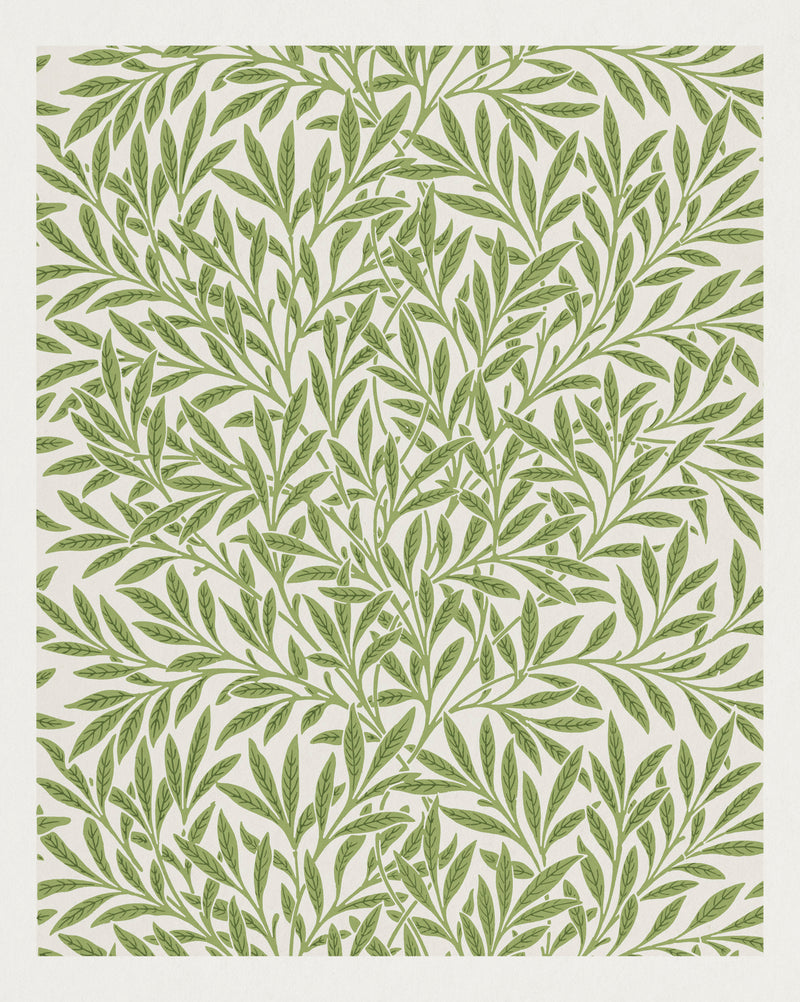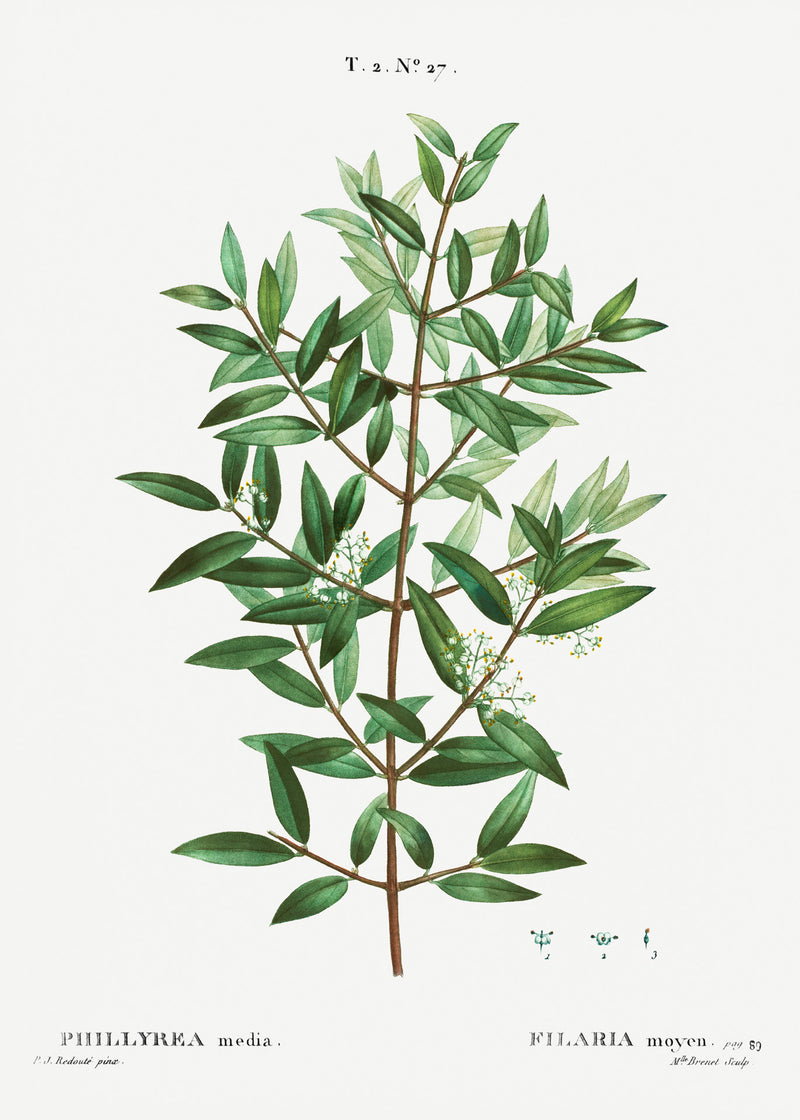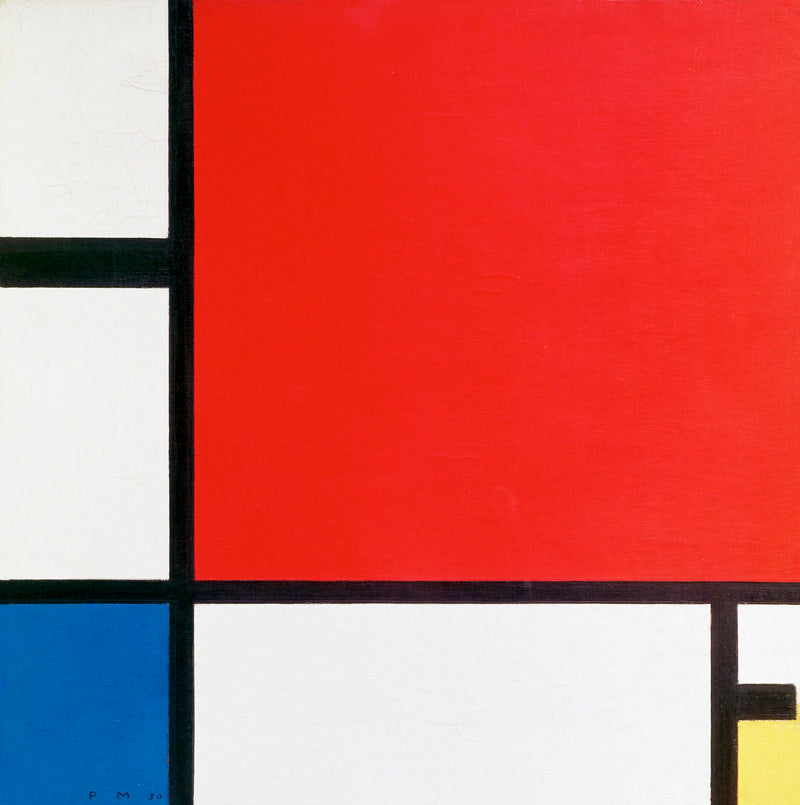Naturalism: A mirror reflecting the world as it is, the truth of humanity

"Naturalism" brought about a major revolution in the European art world in the second half of the 19th century. It was an artistic movement that rejected idealization and beautification and sought to capture reality as it is. Like a scientist, it attempted to bring out the truth by objectively observing society and human beings and depicting them with cold-hearted faithfulness.
Naturalistic background
The birth of naturalism is deeply connected to the development of science and technology and social changes in the 19th century. Europe at that time was in a turbulent period, with urbanization brought about by the Industrial Revolution, a widening gap between rich and poor, and the rise of socialist ideas. People began to question traditional values and religious views, and turned their attention to the real world.
Against this social background, Naturalism reflected the spirit of the times by facing reality head-on and providing incisive analysis of social issues and human psychology.
Characteristics of Naturalism
The characteristics of naturalistic painting are:
- Photorealistic depictions: We are committed to recreating subjects as they are, with photographic precision.
- Everyday subjects: He depicted people from all walks of life, including workers, peasants and the poor, who had not previously been subjects of art.
- Objective perspective: The painting is drawn from a cool, objective viewpoint, like that of an observer, without emotion or subjectivity.
- Expression of light and shadow: We captured the subtle changes in light and shadow to pursue a sense of three-dimensionality and realism.
Masters of Naturalism
The following painters are representative of naturalism:
- Gustave Courbet: He powerfully depicted the lives of peasants and workers in works such as "Burial at Ornans" and "The Splitting of the Stone."


- Jean-Francois Millet: In works such as "The Sower" and "The Angelus," he poetically expressed the dignity of peasant labor.


- Edouard Manet: He produced works such as "Luncheon on the Grass" and "Olympia" that challenged the social norms of the time.


- Thomas Eakins: In films such as "Gross Clinic," he portrayed the vividness of the medical field.

The influence of naturalism
Naturalism influenced not only painting, but also various other artistic fields, including literature, theater, and music. Naturalist literature by authors such as Emile Zola and Guy de Maupassant, which depicted human psychology and social issues realistically, created a great sensation.
Even today, naturalism remains an important artistic trend that continues to influence many artists. Naturalistic expression has been passed down to new media such as photography and film, and it gives us the power to look deeply into reality.
Naturalist masterpieces on artgraph.jp
Artgraph.jp offers high-definition giclee prints of masterpieces by the great masters of naturalism, faithfully reproducing them in the art world. Decorate your room with these posters and you'll be reminded of the social and artistic revolution of the 19th century.
Bring the truth of human existence reflected through naturalism into your own room.
Link to artgraph.jp
















